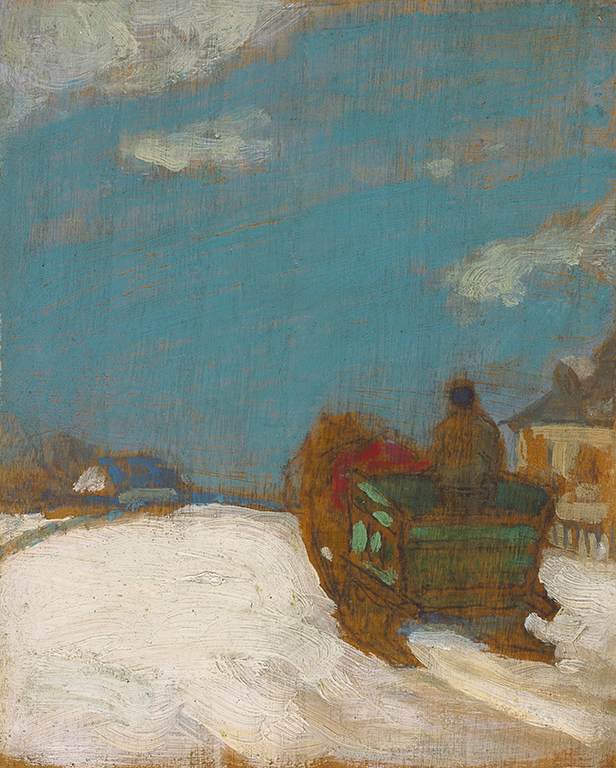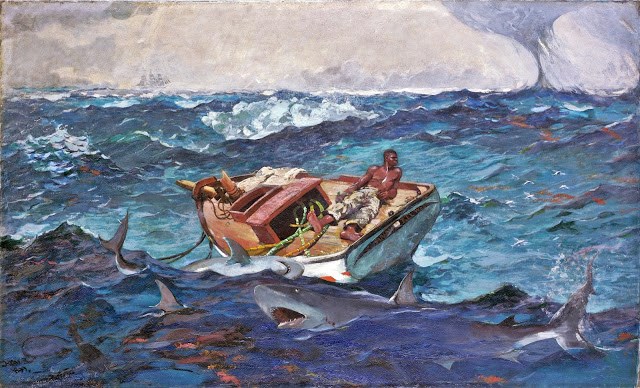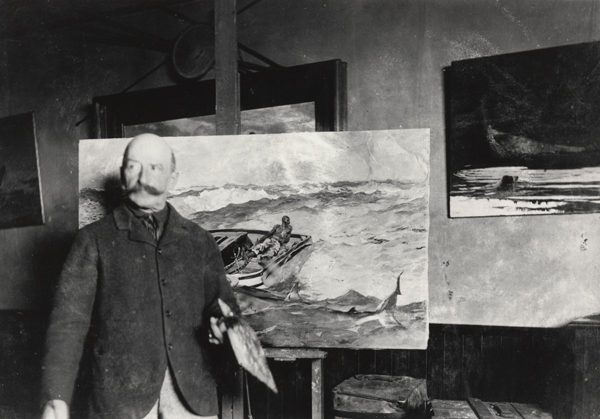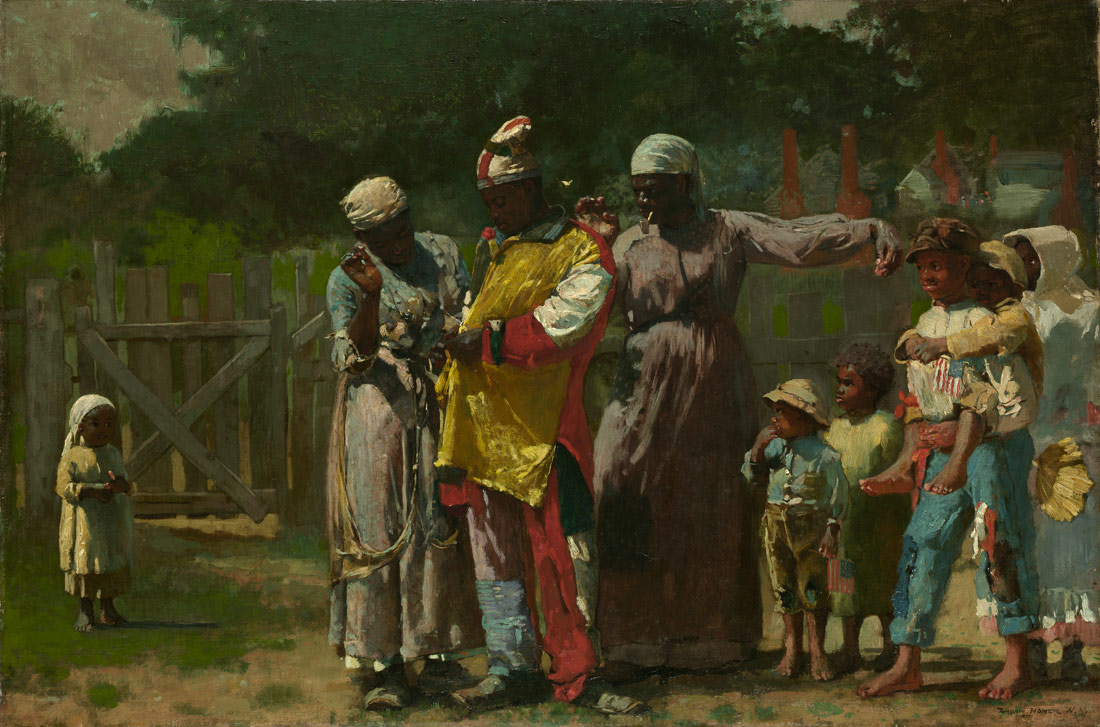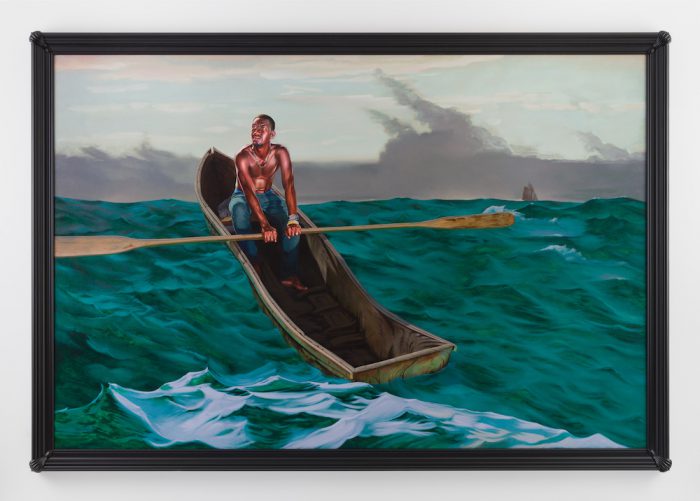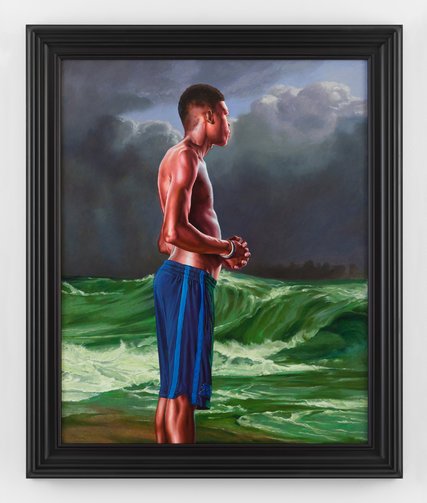The traveling exhibition, Morrice – The A.K. Prakash Collection in Trust to the Nation, is the story of an artist, a collector, and two kinds of Canadian identity. It offers a contemporary reading of the work of Canadian painter James Wilson Morrice through the eyes of the prominent Canadian art dealer Ash K. Prakash.
The show is built around Prakash’s $20 million collection of the artist’s work that he generously donated to the National Gallery of Canada in 2015. The collection was built up over 3 decades and speaks to the collector’s passion for the artist’s work.
The exhibition is curated by Katerina Atanassova, Senior Curator, Canadian Art, at the National Gallery of Canada. An important curatorial choice was to include a video interview of Prakash talking about his collection and his interpretation of the artist’s paintings. Including this video shifts the exhibition from an artist retrospective to a conversation between artist and collector around national and personal identity.
J.W. Morrice a Canadian Artist
Morrice born in 1865 was the son of a Montreal merchant. Originally he studied law but after graduation abandoned the practice to pursue a painting career. To do so he moved to Paris to further his studies with French masters of the day. Unlike most Canadians who studied abroad, Morrice did not return to Canada after his studies, but only made short visits to the continent at Christmas throughout his adult life.
Morrice did stay connected to his native land on a professional level. Over the years he exhibited in Canada and was part of several artist associations including the Ontario Society of Artists, the Art Association of Montreal and the Royal Canadian Academy.
He also fostered many relationships with Canadian painters in Europe including Maurice Cullen and William Bryamer. Because his work was often shown in Canada, it was an important influence on the modernist style of the Group of Seven and especially to the work of the artist A.Y. Jackson.
“It was through (Maurice) Cullen and Morrice that we in Montreal first became aware of the fresh and invigorating movements going on in the art circles of France,” A.Y. Jackson wrote in 1966. (Larsen, Montreal Gazette)
A.K. Prakash – Canadian Identity
As if mirroring the experience of Morrice, Prakash was born in Ambala, India, and immigrated to Canada in 1968 after completing his studies at the University of Michigan.
For two decades he worked in the Canadian government most notably for the Privy Council Office and the Prime Minister’s Office. In 1979 he discovered a passion for art while working for UNESCO in Paris. In the early 1990’s, he left the civil service to devote himself to collecting and art scholarship. Now considered one of Canada’s most important art dealers, he has also contributed to Canadian art through his scholarship and the publication of several books on Canadian art.
The pair represent two versions of Canadian identity. Morrice was born in Canada but spent his adult life abroad. Prakash grew up abroad but has spent his adult life in Canada. It is not their Canadian identity that unifies these two men but their lived experience as global citizens.
Morrice’s Mood Landscapes
Morrice is considered a Post-Impressionist painter. Like the Group of Seven he is best known for his small oil sketches (or Pochades). His refusal to abandon the figure or his urban setting place Morrice apart from his impressionist contemporaries. On an aesthetic level, Prakash argues that it is the sense of mood in his work that makes him one of the great early modernists.
His work is less interested in descriptive reality and is instead “a search to transform painting from a vehicle of seeing to an aid to feeling.” (National Gallery of Canada) Prakash explains that where the impressionists were directed by light, Morrice employs light to direct the emotional response of his viewer.
“For Morrice a landscape was a composed expression of a mood, of un état d’âme as he wrote in one of his sketchbooks.” (Hill, Morrice at Montreal)
Morrice’s work expresses the melancholy of an outsider. The existentialism of Camus’ L‘Étranger comes to mind. Constantly traveling he paints the streets and cafes of Europe and Northern Africa. Subjects are seen from a distance and disconnected from the viewer. They are engaged in their own private world and seem unaware of the artist’s gaze. The audience is placed in the position of voyeur or tourist: observing scene without knowing how to engage.
Prakash describes Morrice as “at home nowhere and out of place everywhere” and adds “I relate to that.”

Art that Expresses the Eternal
In 1985, the time of his last major retrospective, Morrice was read as a Canadian living abroad. But relating Morrice’s émigré identity to his own experience, Prakash uses Morrice as a bridge between the cultural identity of natural born and naturalized Canadians.
“Morrice has the unique ability to acknowledge his experience of life and, through his paintings, to distill a moment into that which is eternal and does not change”. (National Gallery)
This inclusive look at identity is relevant and important in our age where national identity is evolving and its rhetoric is too often used to divide us. Morrice’s search for the eternal speaks to our shared human experience – one that transcends time, place and creed.
Prakash calls his donation a gift to the nation. The exhibition is accompanied by a beautiful catalogue free to visitors. At the National Gallery until March 18th the show will travel to the Beaverbrook Art Gallery, the Art Gallery of Alberta and the Musee d’art de Joliette.
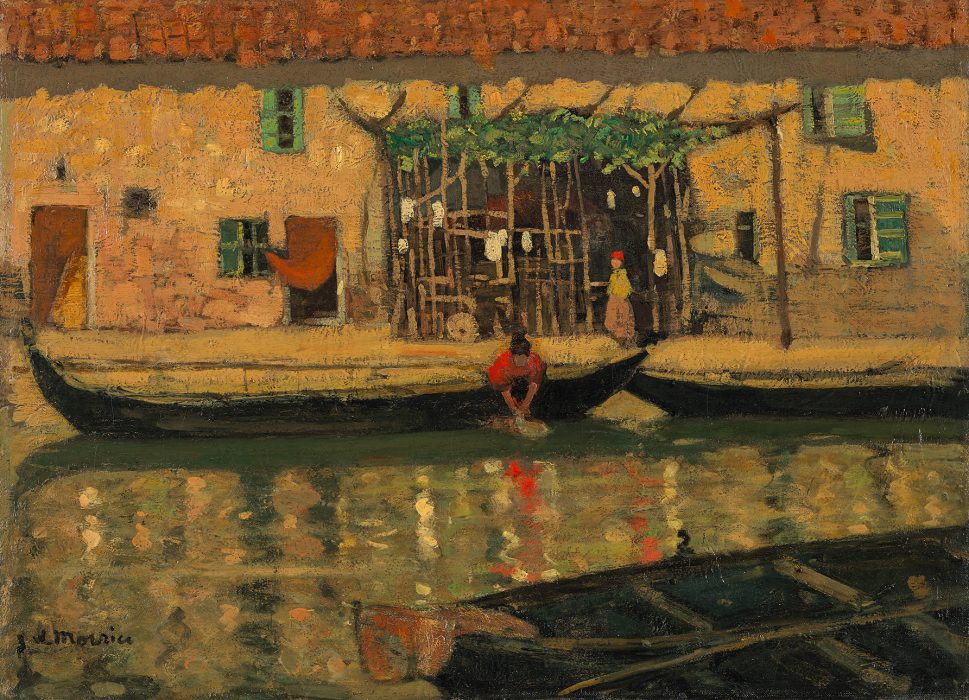
Sources:
Mclaren, Leah. “The Collector: How Ash Prakash became the preeminent art dealer for the country’s wealthiest families.” Toronto Life, October 17, 2012. https://torontolife.com/city/the-collector-ash-prakash/
Adams, James. “Collector Ash Prakash donates Morrice paintings to National Gallery.” Globe and Mail, December 8, 2015. https://www.theglobeandmail.com/arts/art-and-architecture/collector-donates-morrice-paintings-to-national-gallery-of-canada/article27646027/
Hill, Charles C. Morrice at Montreal. Canadian Art Review, Vol. 13, No. 1 (1986), pp. 52-59
“Morrice : The A.K. Prakash Collection in Trust to the Nation Catalogue.” National Gallery of Canada. https://www.gallery.ca/for-professionals/museums/travelling-exhibitions/james-w-morrice
Larsen, Wayne. “James Wilson Morrice, Montreal’s troubled bohemian.” Montreal Gazette, April 3, 2015. http://montrealgazette.com/news/local-news/james-wilson-morrice-montreals-original-bohemian
